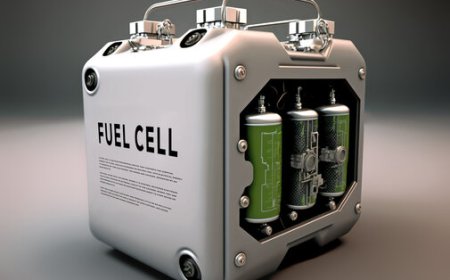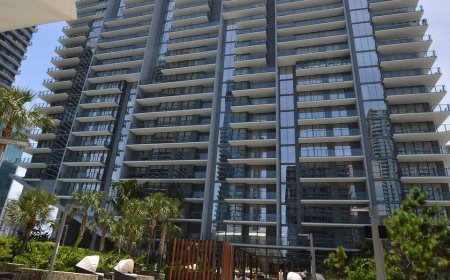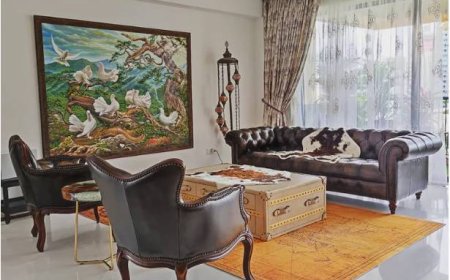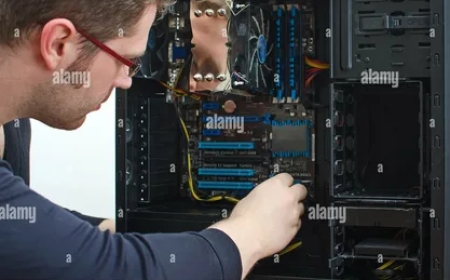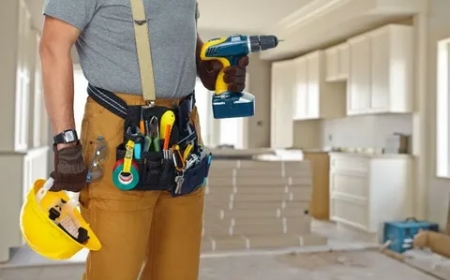Why Choose Cassette ACs for Indian Summers?

Indian summers are synonymous with scorching temperatures and relentless humidity, often pushing the mercury well past comfortable levels. As a result, the demand for effective cooling solutions has surged, with many consumers looking beyond traditional wall-mounted split ACs. In contrast, Cassette ACs are steadily gaining ground, proving to be a compelling alternative for their powerful performance, wide coverage, and seamless integration into modern interiors. To begin with, their unique ceiling-mounted design offers distinct advantages in battling the intense heat, providing a more uniform and aesthetic cooling experience.
Understanding Cassette ACs: How They Work
A Cassette AC is a type of split air conditioning system, but with a significant design difference. Essentially, it consists of two main units: an outdoor unit, which houses the compressor and condenser, and an indoor unit, which contains the evaporator coil and fan. Unlike wall-mounted split ACs where the indoor unit is visible on a wall, the indoor unit of a cassette AC is cleverly installed within a false ceiling. This means that only a sleek, decorative grille remains visible, blending almost invisibly with the room's aesthetics.
The working principle is similar to other ACs. Warm air from the room is drawn into the indoor unit, passes over the cold evaporator coil, and then the cooled air is distributed back into the room. However, what sets cassette ACs apart is their multi-directional airflow. Most cassette units are designed to discharge air in four directions, creating a 360-degree cooling effect. This ensures that cool air reaches every corner of the room evenly, eliminating hot spots that can occur with conventional wall-mounted units. Moreover, the powerful fans within these units allow for effective air circulation even in larger spaces. The outdoor unit then releases the heat absorbed from the indoor air into the atmosphere, completing the cooling cycle.
Advantages of Cassette ACs Over Conventional Air Conditioners
When considering cooling solutions for Indian homes and offices, Cassette ACs offer several compelling advantages over conventional wall-mounted split or window air conditioners. Firstly, their uniform cooling capability is a major differentiator. While a traditional split AC might cool the area directly in front of it efficiently, cassette ACs, with their multi-directional airflow, provide consistent temperature distribution across the entire room. As a result, this eliminates uncomfortable hot or cold pockets, enhancing overall comfort, especially in larger spaces.
Secondly, aesthetic appeal and space-saving design are significant benefits. The indoor unit of a cassette AC is almost entirely hidden within the false ceiling, leaving only a minimalist panel visible. This discreet design maintains the clean lines and open feel of a room, which is particularly desirable in contemporary interiors and commercial settings where aesthetics matter. In contrast, wall-mounted units can be visually intrusive and occupy valuable wall space. Moreover, cassette ACs often operate with lower noise levels compared to many traditional split ACs, as the main operational components are concealed within the ceiling. This contributes to a quieter and more peaceful environment, crucial for productivity in offices and relaxation at home. Additionally, many modern cassette ACs come equipped with advanced features like inverter technology, leading to significant energy savings over time by adjusting cooling capacity based on demand. This translates to lower electricity bills, a critical factor for Indian consumers during prolonged summer months.
Where Hitachi Cassette Air Conditioners Fit In
Hitachi has established itself as a reliable and innovative brand in the Indian air conditioning market, offering a range of cassette air conditioners that effectively address the challenges of the intense Indian summer. The brand's cassette AC models are designed with a focus on powerful cooling and energy efficiency. For example, many Hitachi cassette air conditioner units incorporate advanced inverter technology. This technology not only helps in achieving faster cooling but also maintains consistent room temperatures with reduced power consumption. Consequently, consumers can enjoy significant savings on their electricity bills.
Furthermore, Hitachi cassette ACs often feature broad airflow distribution, ensuring that cool air reaches every corner of the room, even in large commercial spaces or expansive living areas. This wide-angle throw helps to quickly bring down the temperature and maintain comfort throughout the day. Some models also come with specialized filters designed to improve indoor air quality, which is an increasing concern in Indian cities. Moreover, Hitachi emphasizes durability and reliability in its products, with compressors built to withstand high ambient temperatures, a common occurrence during peak Indian summers. This ensures a longer lifespan for the appliance and consistent performance. Hence, for consumers seeking a balance of efficiency, aesthetics, and robust performance, Hitachi cassette air conditioners present a strong contender in the market.
Choosing Between a Ductable Air Conditioner and Cassette AC
When planning for cooling large areas in India, consumers often find themselves weighing the pros and cons of ductable air conditioners versus cassette ACs. While both offer discreet, centralized cooling, they serve different scales and types of applications. Understanding their fundamental differences is key to making an informed decision.
A ductable air conditioner is a more centralized system designed to cool an entire house or a large multi-room commercial space. It consists of a powerful outdoor unit connected to a hidden indoor unit, which then distributes cooled air through a network of ducts to various rooms or zones. This system allows for individual temperature control in different areas, offering excellent zoning capabilities. As a result, it is ideal for new constructions or extensive renovations where complex ductwork can be integrated into the building's design. However, installation is generally more complex, time-consuming, and expensive, requiring significant ceiling space for the ducting.
In contrast, a cassette AC is a more localized solution. It is also installed in the false ceiling, but unlike a ductable system, it cools a single large room or an open-plan area from a single point. It blows air directly into the space through its four-way vents, without requiring extensive ductwork. Consequently, installation is simpler and generally less costly than a full ductable system. For instance, a cassette AC is perfect for a large living room, a single office floor, or a spacious showroom. While a cassette AC offers excellent uniform cooling for its intended area, it lacks the multi-zone control of a ductable system. Therefore, if you need to cool multiple distinct rooms with independent temperature control, a ductable AC might be more suitable. If you require powerful, uniform cooling for one large, open area with minimal visual intrusion, a cassette AC is often the superior choice.
Is a Cassette AC Right for Your Small Home?
While cassette ACs are widely recognized for their efficacy in large spaces and commercial settings, their suitability for smaller Indian homes is a common question. To begin with, it's important to clarify what constitutes a "small home" in this context. If your home has a single large living area, an open-plan kitchen-cum-dining space, or rooms with high ceilings, a cassette AC could indeed be a very good option.
The primary benefit for such homes is the uniform cooling it provides. Even in a moderately sized open space, a wall-mounted split AC might struggle to reach all corners evenly, leading to uneven temperatures. A cassette AC, with its multi-directional airflow from the ceiling, ensures consistent comfort throughout the entire area. Furthermore, the aesthetic advantage is significant. For homeowners who prefer a clean, uncluttered look, the concealed installation of a cassette AC, with only a slim panel visible, is highly appealing. It frees up wall space that would otherwise be occupied by a bulky indoor unit.
However, there are important considerations. Firstly, false ceiling requirement is a must for a cassette AC installation. If your small home does not have or cannot accommodate a false ceiling, this option is not viable. Secondly, the initial cost of a cassette AC and its installation can be higher than a standard split AC of similar tonnage. This is due to the more involved installation process. Thirdly, for very small, compartmentalized rooms, a cassette AC might be overkill and less energy-efficient than a appropriately sized split or even window AC. For example, if you only need to cool a single small bedroom, a small AC for home that is a split unit would likely be more cost-effective and sufficient. Therefore, while a cassette AC offers many benefits, it is best suited for small homes with larger, open-plan areas or unique aesthetic requirements that justify the investment and installation complexity.
In conclusion, Cassette ACs present a compelling cooling solution for the challenging Indian summers, offering a blend of powerful performance, uniform cooling, and discreet aesthetics. They are particularly well-suited for larger, open-plan living areas, commercial spaces, and offices, providing a more consistent and comfortable environment than many traditional units. However, for consumers considering these units, it is crucial to think about specific factors such as room size, the feasibility of a false ceiling, and your budget. While they offer superior air distribution and a clean look, their installation requirements and initial cost may vary. Ultimately, an informed choice, tailored to your unique space and cooling needs, will ensure you beat the heat effectively and efficiently.



